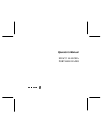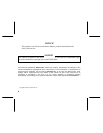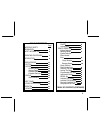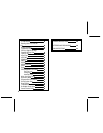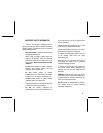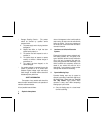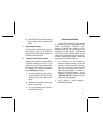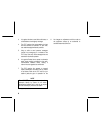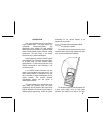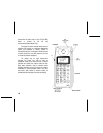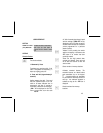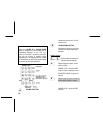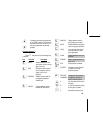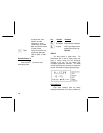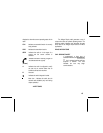6
* Damage Requiring Service - This product
should be serviced by qualified service
personnel when:
A. The power supply cord or the plug has been
damaged; or
B. Objects have fallen, or liquid has been
spilled into the product; or
C. The product has been exposed to rain or
moisture; or
D. The product does not appear to operate
normally or exhibits a marked change of
performance; or
E. The product has been dropped, or the
cabinet damaged.
* If an outdoor antenna is connected, be sure the
system is grounded so as to provide some
protection against voltage surge and built-up
static charges. An outdoor antenna should be
located away from power lines.
SAFETY INFORMATION
The operator of any portable radio should be
aware of certain hazards common to the operation of
vehicular radio transmissions.
A list of possible hazards follows:
1. Explosive Atmospheres
Just as it is dangerous to fuel a vehicle with the
motor running, be sure to turn the radio off while
fueling the vehicle. Do not carry containers of
fuel in the trunk of the vehicle when the radio is
mounted in the trunk.
2. Interference to Vehicular Electronics
Systems
Electronic fuel injection systems, electronic anti-
skid braking systems, etc., are typical of the
type of electronic devices that may malfunction
due to the lack of protection from radio fre-
quency energy present when transmitting. If the
vehicle contains such equipment, consult the
dealer of your vehicle and enlist his aid in
determining if such electronic circuits perform
normally when the radio is transmitting.
3. Dynamite Blasting Caps
Dynamite blasting caps may be caused to
explode by operating a radio within 500 feet of
the blasting caps. Always obey the "Turn Off
Two Way Radios" signs posted where
dynamite is being used. When transporting
blasting caps in your vehicle:
a. Carry the blasting caps in a closed metal
box with a soft lining.



